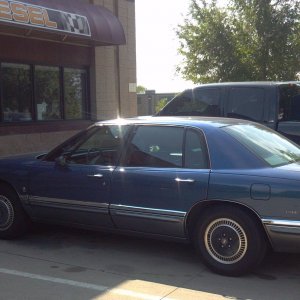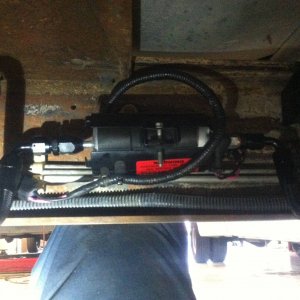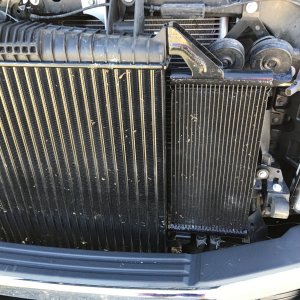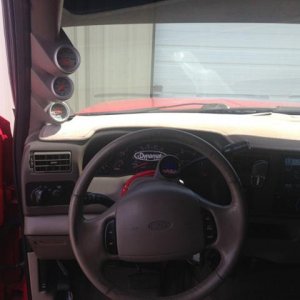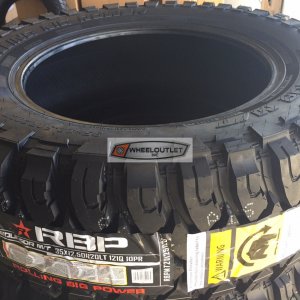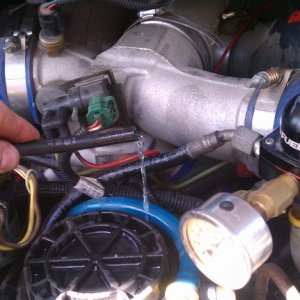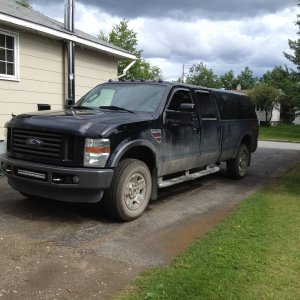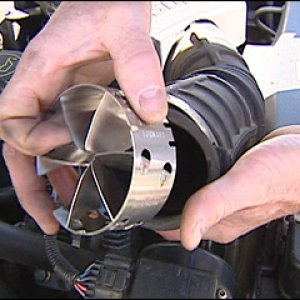Cowboyup
New member
I have an e99 that has about 190,000. A few weeks ago it started to get hot out and tried to start using the a/c on it. The vents were not blowing cold air which in turn found that the clutch was going bad on the compressor. I decided to replace the compressor instead of just the clutch to remove any headaches later on being the original compressor that came with the truck. I bought a compressor from Napa, it’s just Napa's Cold Power, not a 4 season. Tore everything apart and replaced the receiver drier, compressor, orifice tube and flushed out the whole system using about a quart of flush. Put everything back together, including 9oz of pag oil and replaced all the o rings. Put the system under a vacuum for 5 minutes and then shut the gauges down and let it sit for 5 minutes, to check for leaks. Found no leaks so preceded vacuum the system down for about 30 minutes to makes sure the system was clean. The low side vacuumed down to 25 psi and the high side pegged all the way down. Hooked up a can of Freon and bled the line and opened up the low side to start filling. The sticker on the truck says it takes 2.6 lbs but I was only able to get it to take 12 ounces and wouldn’t take anymore. The compressor was spinning and the clutch was engaged. Checked the vent temperature and it had not moved any from ambient temperature, bout 75 degrees. With this I thought I had received a bad compressor from Napa, so I took it back to them for warranty. They had another one in stock along with all the parts that I had got with the last one receiver dryer, orifice tube, along with buying a new condenser. Got back to the shop and pulled off everything and flushed everything out that I was not replacing, evaporator, lines going from compressor to condenser, from condenser to orifice tube, and from the evaporator to the receiver dryer. Sprayer the lines out with air for extra time just to make sure no flush was still in the system. Hooked everything back up replacing all of the o rings and put new pag oil in. Vacuumed the system down for 5 minutes and found a leak on the low side switch, just a crack on the plastic, so I pulled that off and just ran a jumper wire in the plug just to see if this time it would take gas. Vacuumed the system down another 30mins just to make sure everything was clean. Hooked up a can of Freon to it and bled the line. Tried putting gas in it will the engine running and got the same result. The compressor is turning because I can see the clutch is engaged. Check all the fuses and did not find anything. I am stumped and don’t know where the next place is to look. The possibility of getting two bad compressors isn’t very reasonable. Has anybody else had this problem or have any advice what to do next? Thanks in advance


